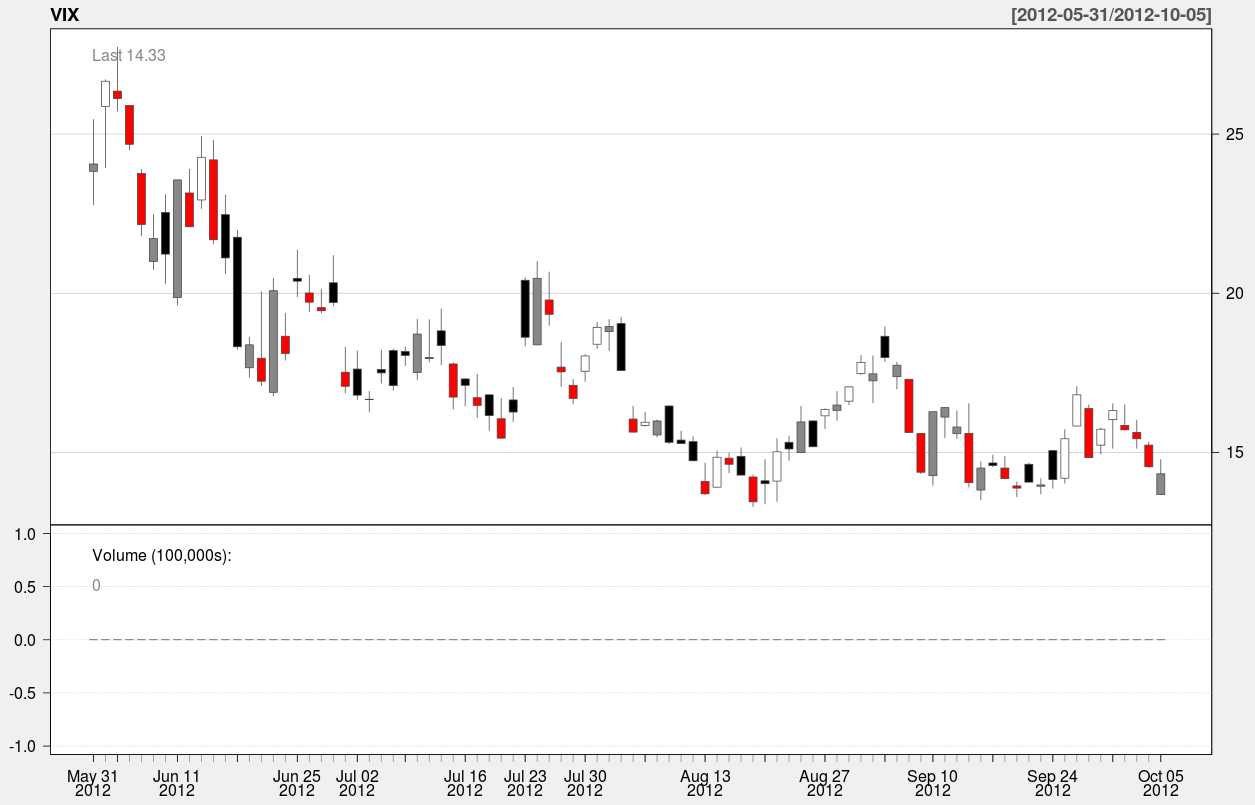I’d like to start the new year with a few short updates:
-I ended up passing MFE back in November. I received a score of 8 (I’m assuming 9 was the highest possible score for my exam), which is one point lower than I would have liked, but nevertheless I’m happy to say that I’m finally done with the preliminary exams and halfway through with the CAS examination process. While I was waiting for my score, I also passed the CA1 module, which isn’t an ‘exam’ (even though it involves one), but one of two, month-long courses I have to take in addition to the exam requirements.
-I recently rotated into a new role at work. Instead of doing traditional reserving, I’ll be doing predictive modeling work full-time under a new supervisor. I had learned about the departmental changes after I took MFE. About a year ago, I began taking on additional responsibilities with modeling, and I’m glad to have been given the opportunity to specialize in this field. There will be a steep learning curve along the way, but I think I’ll gain valuable experience over the next couple of years.
-I didn’t manage to keep my resolution of posting 1 post per week last year. However, I managed to crank out 37 posts, which almost doubled the number of posts I had written from 2008-2011. I had steady updates until the last 3rd of the year when I stopped posting to devote time to courses MFE and CA1, but this year I’ll try my best to maintain the 1 post/week rate. I have some exciting projects that I’m currently working on, so I have a feeling I’ll easily surpass that goal.
-I installed some productivity tools in my browser to monitor the amount of time I spend on the internet. Towards the end of the year, I discovered that I sometimes wasted 6 hours in a single day due to unnecessary internet surfing on sites such as Facebook and Reddit. I also obsessively kept up with the news (ironically, in the past I had trouble keeping up with current events due to schoolwork), which oftentimes left me reading multiple articles over the same subject. I had dabbled with such browser plugins over the past couple of years, but removed them several times due to lack of discipline. This year I resolve to keep the current rules enforced for good. This year I’ve set a window from 9:00 PM to 10:00 PM devoted to social media, sports, news, and related websites (which also means I’ll have to plan my blog posts ahead of time so I can publish them within that window). At all other times during the day access will be blocked so that I can focus on doing my work, and learning the things I want to learn. I believe that strict observation of this rule will allow me to complete a lot more of my projects.
-I started studying for CAS Exam 5 this month. This gives me 4 months of solid study time for my first upper-level examination. At this point, the exams stop being math-intensive, and focus more on insurance industry practices, regulation, and law. While studying for the preliminary exams, I was so overwhelmed with math that I couldn’t focus on learning maths more relevant to my specific job (the math in the exams is related in a background sense, but as far as work goes the actual math I use is much different), along with pure math that I’ve always been wanting to learn. Although the upper examinations require more study time, I think the reduction in math required will let me spend my ‘math energy’ elsewhere.
-I’ve finished up learning the basics of SQL (as in, I’ve finished reading Learning SQL). I’m currently reading Excel & Access Integration, which I believe will give me some very useful skills with respect to data manipulation. Many actuaries know VBA, many actuaries know SQL, but there aren’t a lot of actuaries who can integrate them together effectively, so if I can acquire this ability I’ll be able to fulfill a niche role that’s lacking at many companies. I didn’t find MySQL difficult, and query writing came naturally since I had already been using MSAccess intensively 6 months before picking up the book. The only things I found difficult were correlated subqueries and the chapters on low-level database design and administration. The next thing I have on my reading list is Using R for Introductory Statistics. I actually read through the first 60 pages or so in 2011 before I stopped to study for C/4. I hope to get that finished up before March when things get really busy.






